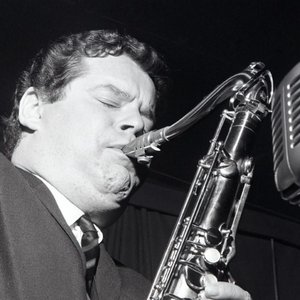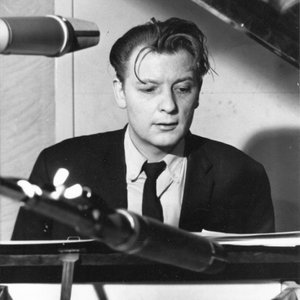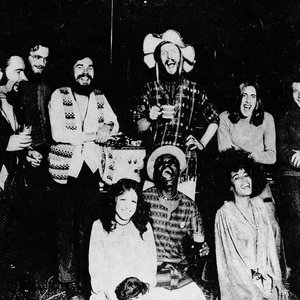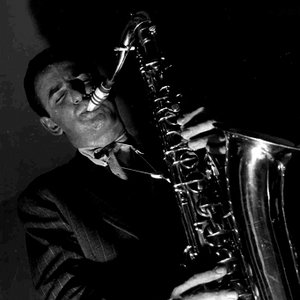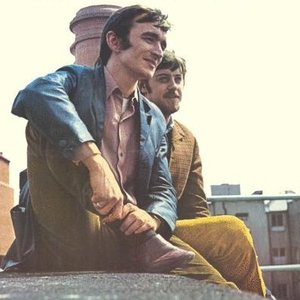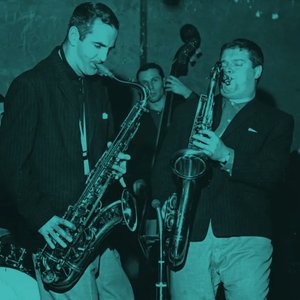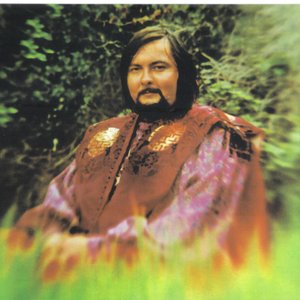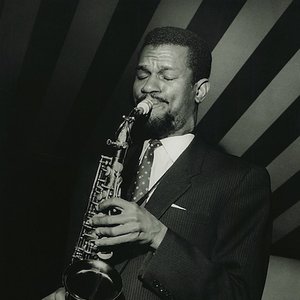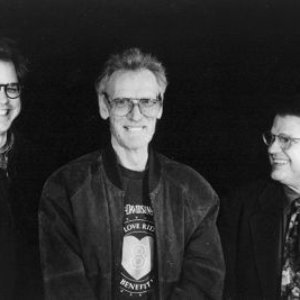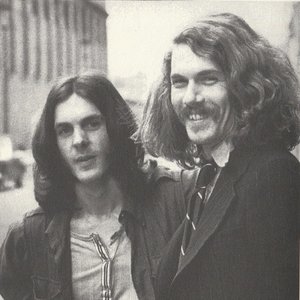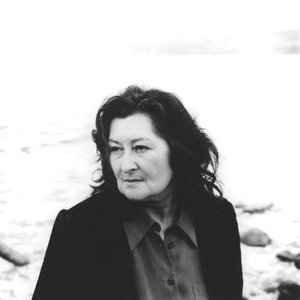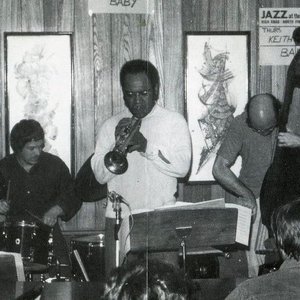Biography
-
Born
28 August 1926
-
Born In
Burton upon Trent, Staffordshire, England, United Kingdom
-
Died
13 October 1972 (aged 46)
Phillip William "Phil" Seamen (1926–1972) was an English jazz drummer.
Seamen was born on 28th August 1926 in Burton-on-Trent, and began playing drums at the age of six, turning professional at the age of eighteen by joining Nat Gonella and his Georgians in 1944. He joined the Tommy Sampson Orchestra in 1948, and by 1949, Seamen and tenor saxist Danny Moss had formed a bebop quintet from within the ranks. which was featured on a radio broadcast by the orchestra in September 1949.
He then went on to play in the Joe Loss Orchestra for about fourteen months, the most popular dance band of the time, followed by the top job with Jack Parnell from 1951 until mid 1954. Seamen was much sought after during the 1950s, also playing in Kenny Graham's Afro-Cubists projects from 1952 to 1958, with the Joe Harriott Quartet from 1954 onwards, the Ronnie Scott Orchestra and Sextet, and an ever extending list including Dizzy Reece, Victor Feldman, Jimmy Deuchar, Kenny Baker, Vic Ash, Don Rendell, Stan Tracey, Tubby Hayes, and Laurie Johnson, as well as blues stars Big Bill Broonzy and Josh White.
He married the young West End dancer Leonie Franklin in 1956, whom he had met while with Parnell, working together in the show Jazz Wagon. On 8th February 1957 Seamen was finally on his way to America, about to fulfill a lifelong dream. The Ronnie Scott Sextet were going over on the Queen Mary to do a tour as part of a Musicians' Union exchange deal, but Seamen was stopped at Customs and arrested for possession of drugs.
In 1958 the West End production of West Side Story opened with him - Leonard Bernstein reputedly specifically asked for him and, despite the heroin and alcohol, the producers hired him. During the first half of the 1960s he worked often with Tubby Hayes and Joe Harriott. In 1962 he played a couple of nights with Dexter Gordon at Ronnie Scott's, recorded with Carmen McRae, and in 1964 played R&B with Alexis Korner and Georgie Fame. He started teaching in 1962, one of his pupils being Ginger Baker, who went on to influence a whole generation of rock drummers.
However, his heroin addiction meant his health was deteriorating, and increasingly many bandleaders would no longer hire him. Notable exceptions were Freddie Hubbard in 1964 and Roland Kirk in 1967 (followed by a U.K. tour).
From 1965 to 1966 his regular gig was with the Dick Morrissey Quartet. Seamen also worked with the Harry South Big Band, nd in 1967 with Stan Tracey and Joe Harriott. He studied tympani at the Royal School of Music briefly with Sir James Blades. In 1967 Philly Joe Jones and Seamen met and became good friends.
After the break-up of Cream and the short-lived Blind Faith, Ginger Baker formed his own group Air Force, initially for just two concerts, and asked Seamen to join.
The première was at the Royal Albert Hall on 17th January 1970. Seamen did a series of concerts with Air Force, but by May found the music too shallow. "Too bloody loud!" was his comment. But this taste of super-stardom seemed to jolt Seamen into some kind of new found self-respect. He formed a quartet with Derek Humble in 1970, but Humble died in January 1971. Seamen then worked regularly with the Brian Lemon Trio, and played with Tony Coe and Tubby Hayes.
In May 1972 the co-operative group Splinters, an initiative by Stan Tracey, played their first gig. An all-star improvising group, the object was to bring together musicians with different backgrounds: Tubby Hayes, Trevor Watts, Kenny Wheeler, Tracey, Jeff Clyne, John Stevens, and Seamen. Seamen had always been wary of free jazz, but here, as he had done in Joe Harriott's freeform quintet, he played time. However, Seamen died the following October.
Seamen was almost as well known for his dishevelled lifestyle as for his drumming, battling both drug addiction and alcoholism until his death. He was equally known for his sharp wit. Demonstrating his skills as a raconteur, an entire side of the LP The Phil Seamen Story was devoted to Seamen's spoken retrospective on his career. In 2009, highlights of his playing from between 1953 to 1972 was released as The Late Great Phil Seamen on SWP Records.
Whereas he had been a jazz star and acclaimed drummer throughout the 1950s, as the 1960s progressed his heroin addiction caused him big problems and there were periods when he had sunk pretty low. On 13th October 1972 Phil Seamen, then 46, fell asleep in a chair in his flat in Old Paradise Street in Lambeth, south London, and didn't wake up.
Artist descriptions on Last.fm are editable by everyone. Feel free to contribute!
All user-contributed text on this page is available under the Creative Commons Attribution-ShareAlike License; additional terms may apply.
